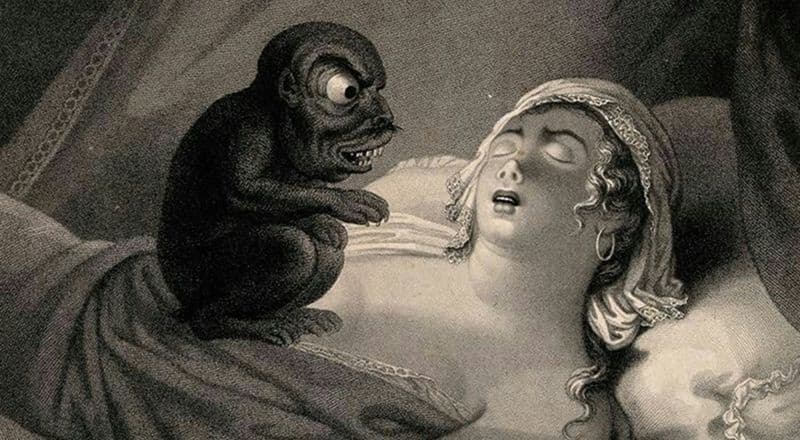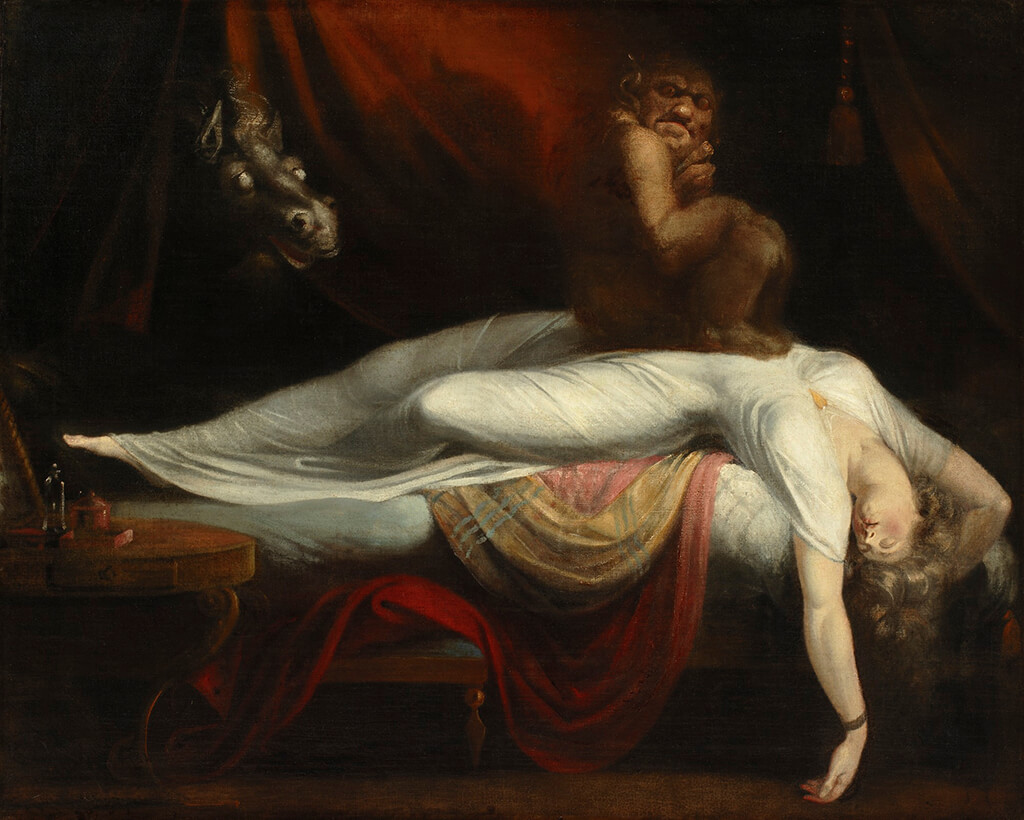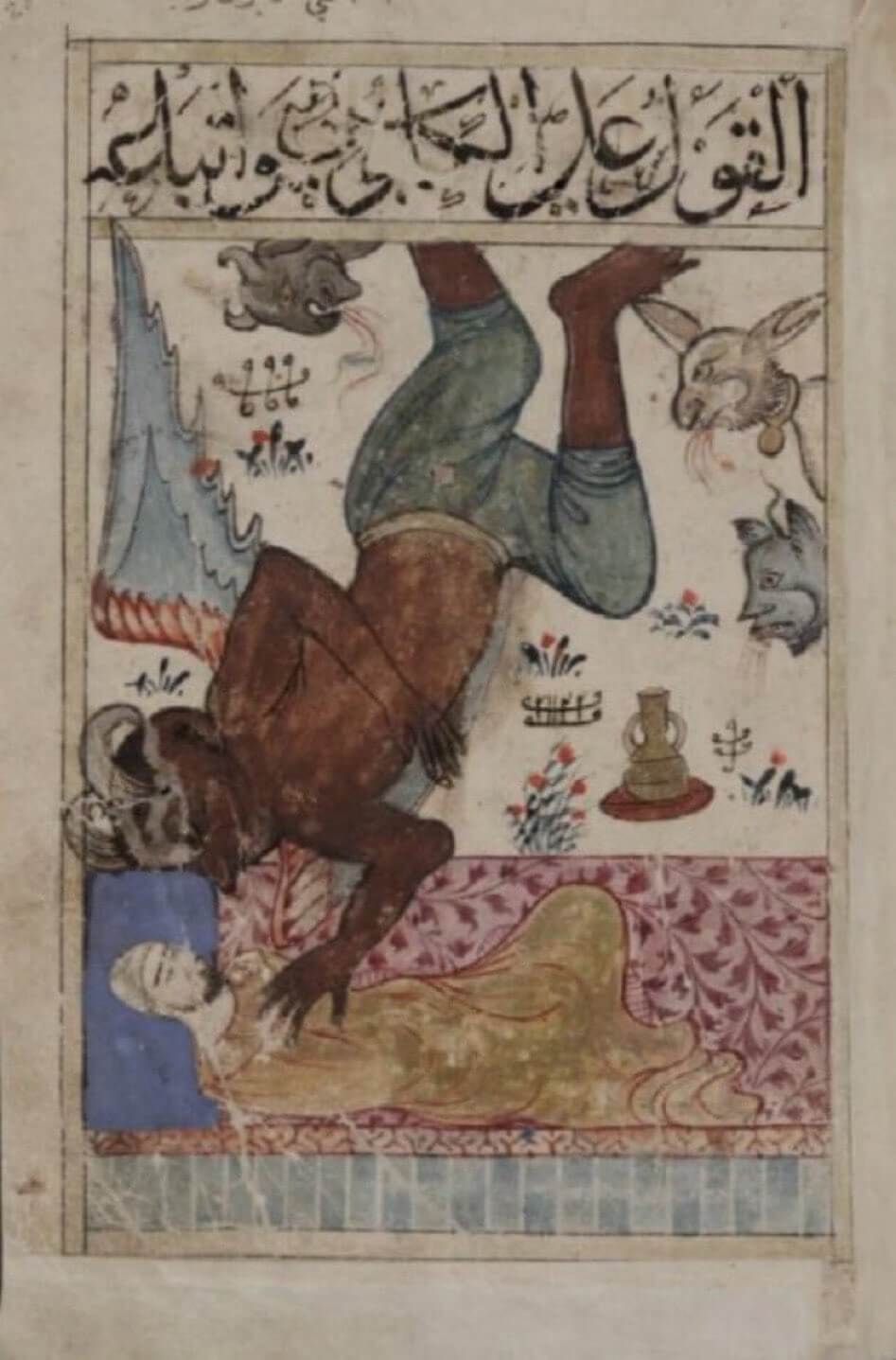
Understanding and Managing Sleep Paralysis
Imagine waking up in the middle of the night, unable to move or speak, with a terrifying sense that someone is in the room with you. This eerie experience is known as sleep paralysis, a phenomenon that has puzzled scientists and fascinated dreamers for centuries.
What is Sleep Paralysis?
Sleep paralysis occurs when you wake up before your body has completed the process of REM (rapid eye movement) sleep. During REM sleep, your brain is highly active, and most of your dreaming occurs. Your body remains immobile to prevent you from acting out your dreams, but sometimes, your mind wakes up before your body does. This results in a temporary inability to move or speak.
Being unable to move is usually scary and often includes terrifying hallucinations, such as seeing figures, hearing sounds, or feeling a presence. About 75% of sleep paralysis episodes have these hallucinations.
Symptoms of sleep paralysis may manifest as:
-
- Being unable to move or speak during transitions between sleep and wakefulness
- Attempting, but failing, to cry out or scream for assistance
- Restricted eye movement
- Experiencing a sensation of suffocation or breathlessness
- Feeling as though someone is pressing down on your chest
- Having an out-of-body experience, such as feeling like you are observing yourself from above
- Hallucinations
These symptoms typically last for several minutes and occur due to a disruption in the transition from rapid eye movement (REM) sleep to wakefulness. During REM sleep, your body experiences muscle relaxation. If your mind becomes aware during this transition, you may find yourself temporarily conscious but unable to move.
Historical and Cultural Perspectives
Throughout history, sleep paralysis has been attributed to supernatural forces.
In medieval Europe, it was thought to be caused by demons sitting on the sleeper's chest, often referred to as 'night hags.' This imagery is prevalent in various folklore and has been depicted in art and literature, such as Henry Fuseli's famous painting 'The Nightmare'.
In Japan, sleep paralysis is called 'kanashibari,' which translates to 'bound or fastened in metal.' It is believed to be caused by vengeful spirits or ghosts seeking revenge, a concept deeply rooted in Japanese ghost stories and mythology.
In Turkey, sleep paralysis is known as 'karabasan,' which translates to 'the dark presser.' Turkish folklore describes the karabasan as an evil creature or jinn that sits on the chest of the sleeper, causing them to feel heavy pressure and an inability to move. This belief is so ingrained that many people still hang amulets or perform rituals to protect themselves from these nocturnal attacks.
In Egypt, sleep paralysis is often attributed to 'djinns' or evil spirits that try to choke or suffocate their victims. Similarly, in African cultures, it is believed to be caused by witchcraft or spirits trying to possess the sleeper.
In Scandinavian countries, the phenomenon is called 'mara,' a word that refers to a spirit or goblin that sits on the sleeper's chest, bringing nightmares and distress.
These interpretations reflect the deep-rooted fears and cultural beliefs surrounding this mysterious experience. Despite the differences in names and specific supernatural explanations, the universal theme of a malevolent force attacking during sleep highlights a shared human experience of grappling with the unknown and the frightening aspects of our subconscious minds.
Why Do People Experience Sleep Paralysis?
There are various reasons why people might experience sleep paralysis, often linked to both psychological and physiological factors:
- Stress and Anxiety: High levels of stress and anxiety can disrupt sleep patterns and trigger sleep paralysis. Your mind might be overactive, making it difficult for your body to fully rest.
- Sleep Disorders: Irregular sleep schedules, lack of sleep, or sleep disorders like sleep apnea can increase the likelihood of experiencing sleep paralysis. Disruptions in REM sleep can lead to these episodes.
- Trauma and PTSD: Traumatic experiences or Post-Traumatic Stress Disorder (PTSD) can contribute to the occurrence of sleep paralysis. The mind's attempt to process these events can manifest in distressing dreams and paralysis.
- Sleeping Position: Sleeping on your back increases the chances of experiencing sleep paralysis. This position can partially obstruct the airways, leading to difficulties in breathing and triggering the paralysis.
- Medications and Substances: Certain medications, especially sleep aids, antidepressants, or recreational drugs, can influence the sleep cycle and cause sleep paralysis.
How to Prevent and Manage Sleep Paralysis
While sleep paralysis can be frightening, there are several strategies to help prevent and manage it:
Improve Sleep Hygiene
- Regular Sleep Schedule: Go to bed and wake up at the same time every day to regulate your biological clock.
- Create a Comfortable Sleep Environment: Ensure your bedroom is cool, dark, and quiet. Use comfortable bedding to promote better sleep.
- Avoid Stimulants: Limit caffeine, nicotine, and alcohol consumption, especially before bedtime.
- Reduce Screen Time: Minimise exposure to screens before bed as the blue light can disrupt your sleep cycle.
Manage Stress and Anxiety
- Relaxation Techniques: Practice meditation, deep breathing exercises, or yoga to reduce stress and anxiety levels.
- Regular Exercise: Engage in regular physical activity to improve sleep quality. Avoid intense exercise close to bedtime.
Change Sleeping Positions
- Sleep on Your Side: Sleeping on your side instead of your back can reduce the risk of sleep paralysis.
Recognise and Respond to Sleep Paralysis
- Stay Calm: Remind yourself that sleep paralysis is temporary and harmless. Staying calm can make the experience less frightening.
- Move Small Muscles: Try to move your fingers, toes, or facial muscles to break the paralysis.
- Close Your Eyes and Go Back to Sleep: If possible, close your eyes and try to go back to sleep. This can help you transition out of the paralysis and into a more restful state.
Explore Lucid Dreaming Techniques
- Lucid Dreaming: Lucid dreaming involves being aware that you are dreaming and can help you control the dream's content. Techniques like Mnemonic Induction of Lucid Dreams (MILD) and Wake Back to Bed (WBTB) can aid in achieving this state.
- Reality Checks: Perform reality checks throughout the day (e.g., counting your fingers or reading a text) to increase the likelihood of recognising when you are dreaming.
Seek Professional Help
- Therapy and Counselling: If sleep paralysis frequently disrupts your life, consider speaking with a therapist or sleep specialist for guidance.
- Medical Evaluation: Consult a doctor to rule out underlying sleep disorders or health issues contributing to sleep paralysis.
By implementing these strategies, you can reduce the occurrence of sleep paralysis and enjoy a better sleep experience. Remember, each individual is unique, so it may take time to find the most effective methods for you.


